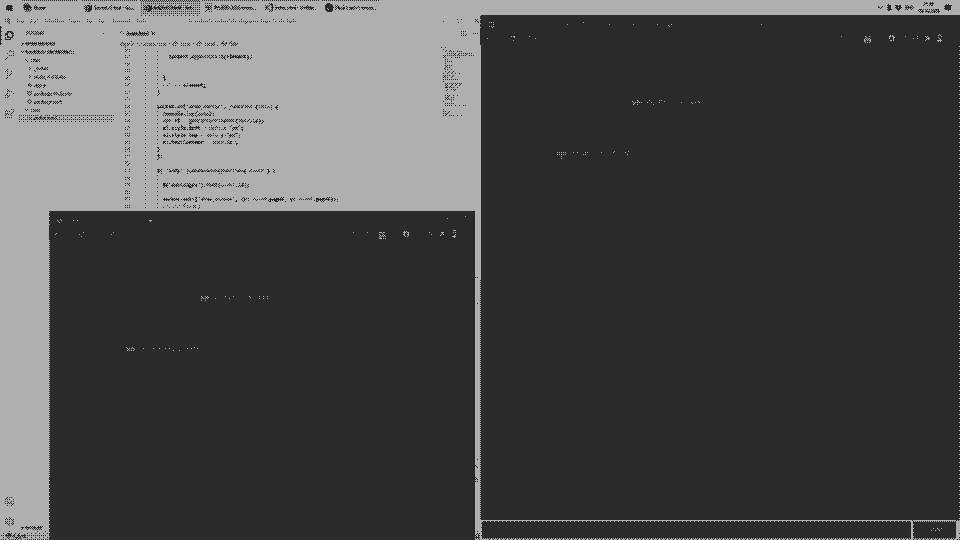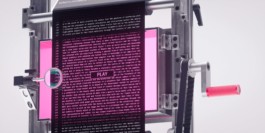2021
palantír
web-based collaborative 3D environment

IN COLLABORATION WITH
Studio von Monkiewitsch
one room, three dimensions
Users are represented as spatial cursors orbiting a spherical 3D scene.
This creates a sense of everybody's whereabouts in real time.
User roles allow for a guided experience suited for a presentation or class context.
Interface

The interface is kept minimal so as to not obscure the scene itself.
Smart context menus, dialogs and tooltips present users with adequate options for interaction.

Selected Features




Groups
Users can form groups.
Each group has a guide and all members share the guide's point of view while seeing their guide's webcam.
Group members communicate through voice chat.
Ether
Users may withdraw from the interaction by entering the »ether«.
In the ether there's no chatter and soothing music allows for some calm.
RTC
A variety of channels allow for chat, voice and video communication.
When trying to get someone's attention there's also the friendly »poke« as well as @mentions.
Labels
»palantír« allows hosts to label objects in space and share their cursor's position with members of their group to point out details.
Dynamic content
Moderators have the ability to load 3D scenes on the fly, transporting users into various situations. Scenes can incorporate multiple, highly detailed objects featuring animations that can be played back synchronously for all users.
Technology

The application frontend is built using plain old HTML/CSS and vanilla JavaScript with the framework THREE.js serving as a robust wrapper for all WebGL content.
On the backend side there is a Node.js based system with the Peer.js library acting as a connection broker to facilitate P2P WebRTC connections between clients. Another Node.js server running the socket.io library handles all WebSockets events to sync spatial and cursor positions as well as messaging and all other user-facing logic.
Process

Related projects

2021
palantír
web-based collaborative 3D environment
IN COLLABORATION WITH
Studio von Monkiewitsch
one room, three dimensions
Users are represented as spatial cursors orbiting a spherical 3D scene.
This creates a sense of everybody's whereabouts in real time.
User roles allow for a guided experience suited for a presentation or class context.
Interface

The interface is kept minimal so as to not obscure the scene itself.
Smart context menus, dialogs and tooltips present users with adequate options for interaction.

Selected Features

Groups
Users can form groups.
Each group has a guide and all members share the guide's point of view while seeing their guide's webcam.
Group members communicate through voice chat.

Ether
Users may withdraw from the interaction by entering the »ether«.
In the ether there's no chatter and soothing music allows for some calm.

RTC
A variety of channels allow for chat, voice and video communication.
When trying to get someone's attention there's also the friendly »poke« as well as @mentions.

Labels
»palantír« allows hosts to label objects in space and share their cursor's position with members of their group to point out details.
Dynamic content
Moderators have the ability to load 3D scenes on the fly, transporting users into various situations. Scenes can incorporate multiple, highly detailed objects featuring animations that can be played back synchronously for all users.
Technology

The application frontend is built using plain old HTML/CSS and vanilla JavaScript with the framework THREE.js serving as a robust wrapper for all WebGL content.
On the backend side there is a Node.js based system with the Peer.js library acting as a connection broker to facilitate P2P WebRTC connections between clients. Another Node.js server running the socket.io library handles all WebSockets events to sync spatial and cursor positions as well as messaging and all other user-facing logic.
Process

Related projects
© 2025 NEOANALOG studio for hybrid things & spaces

